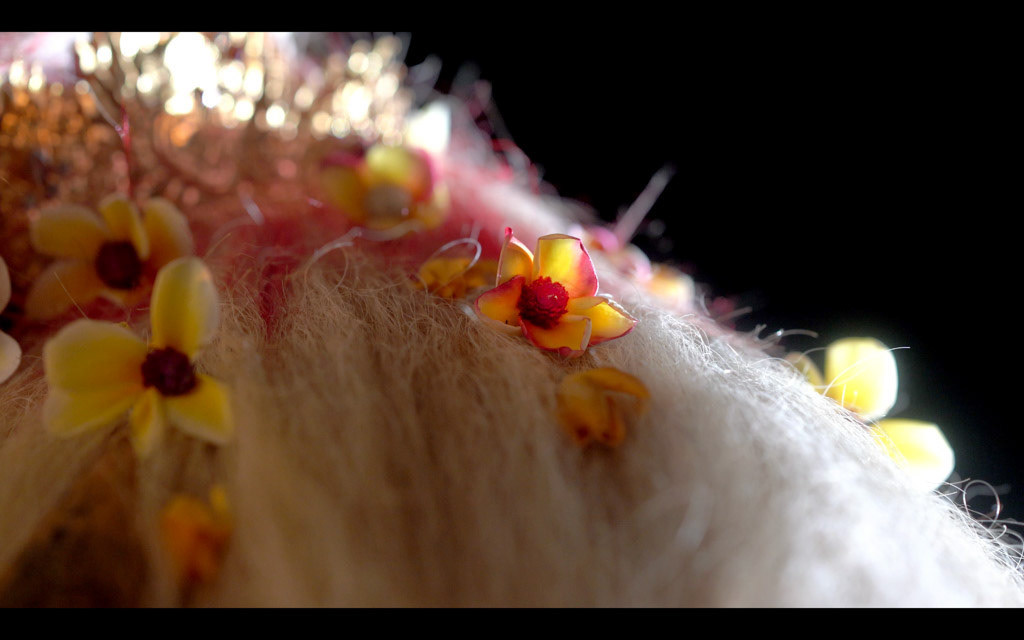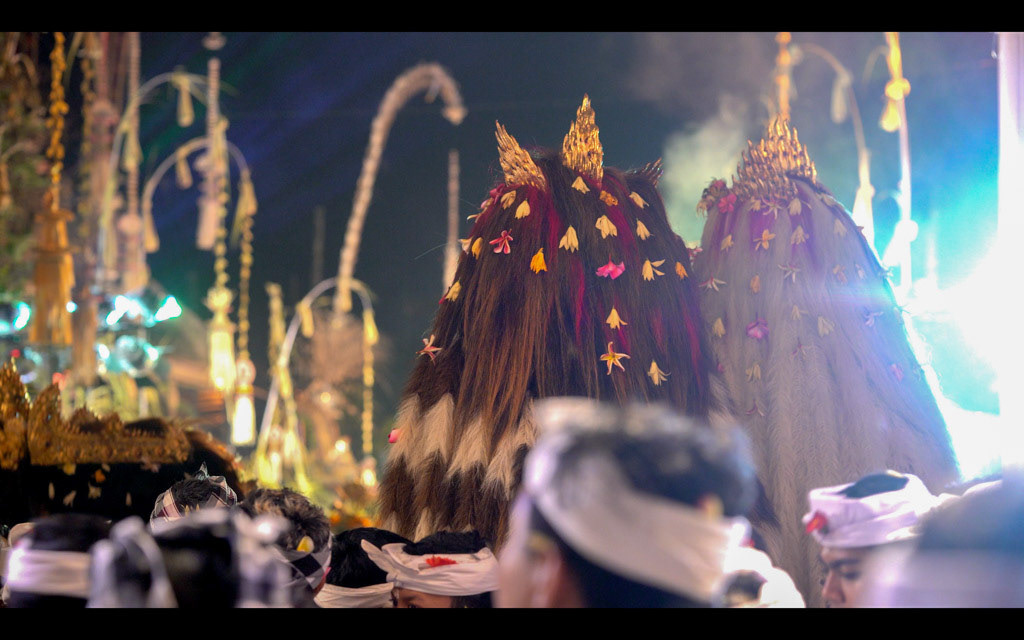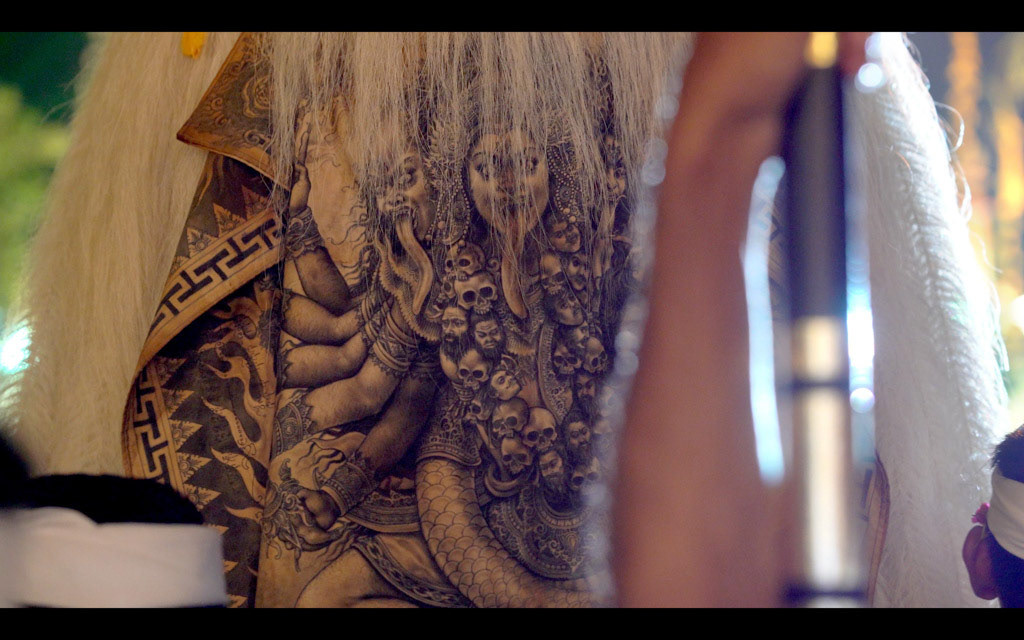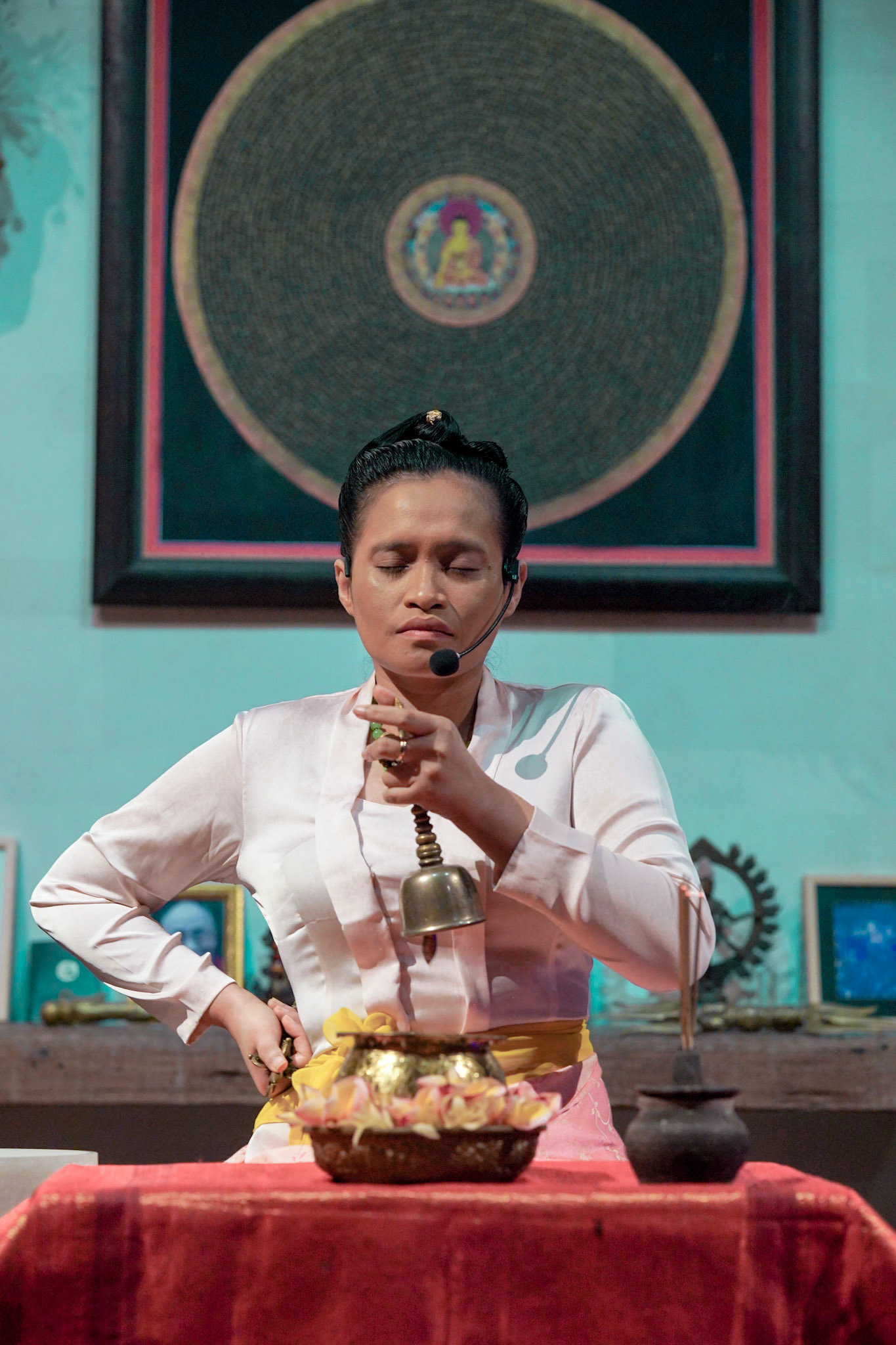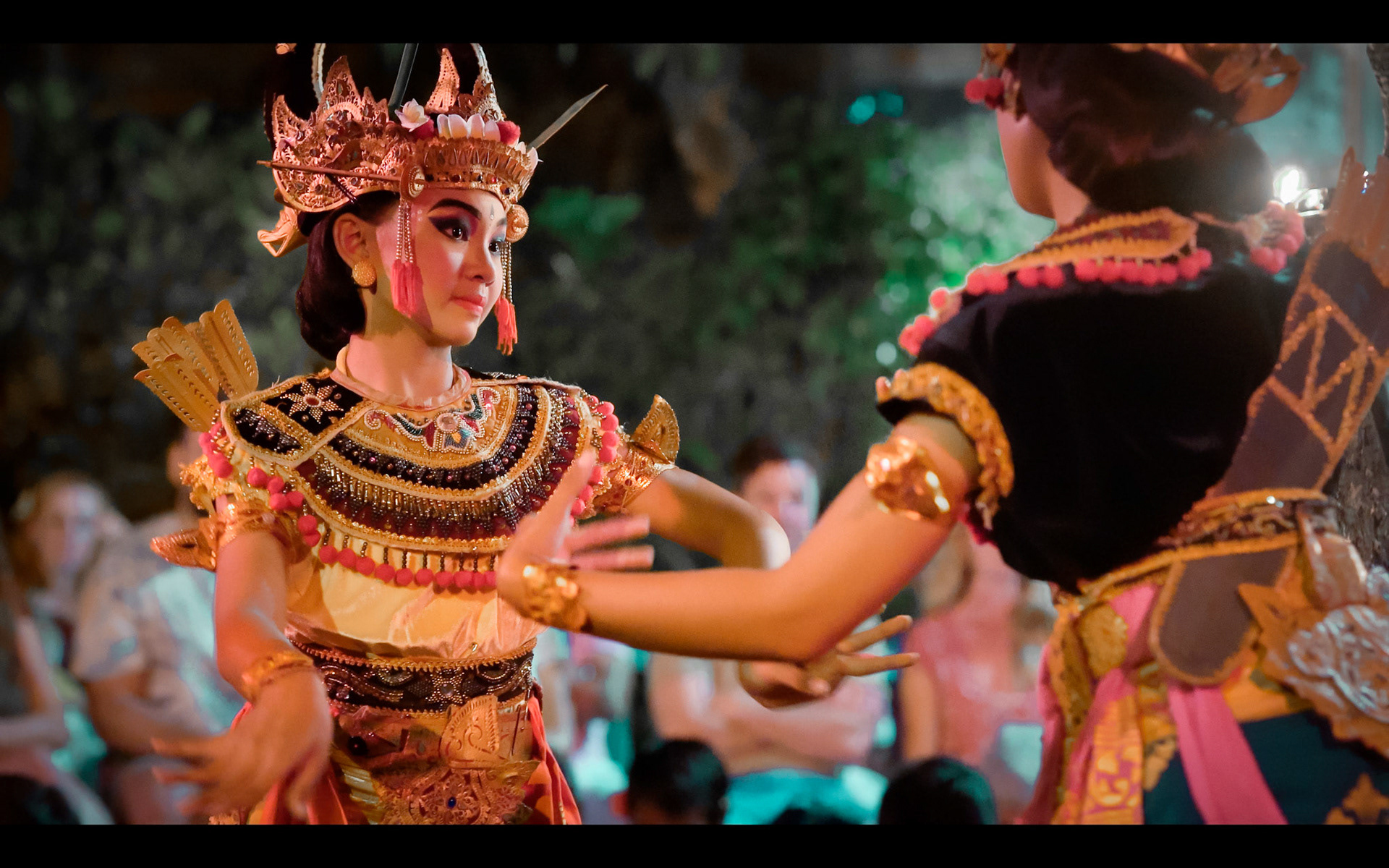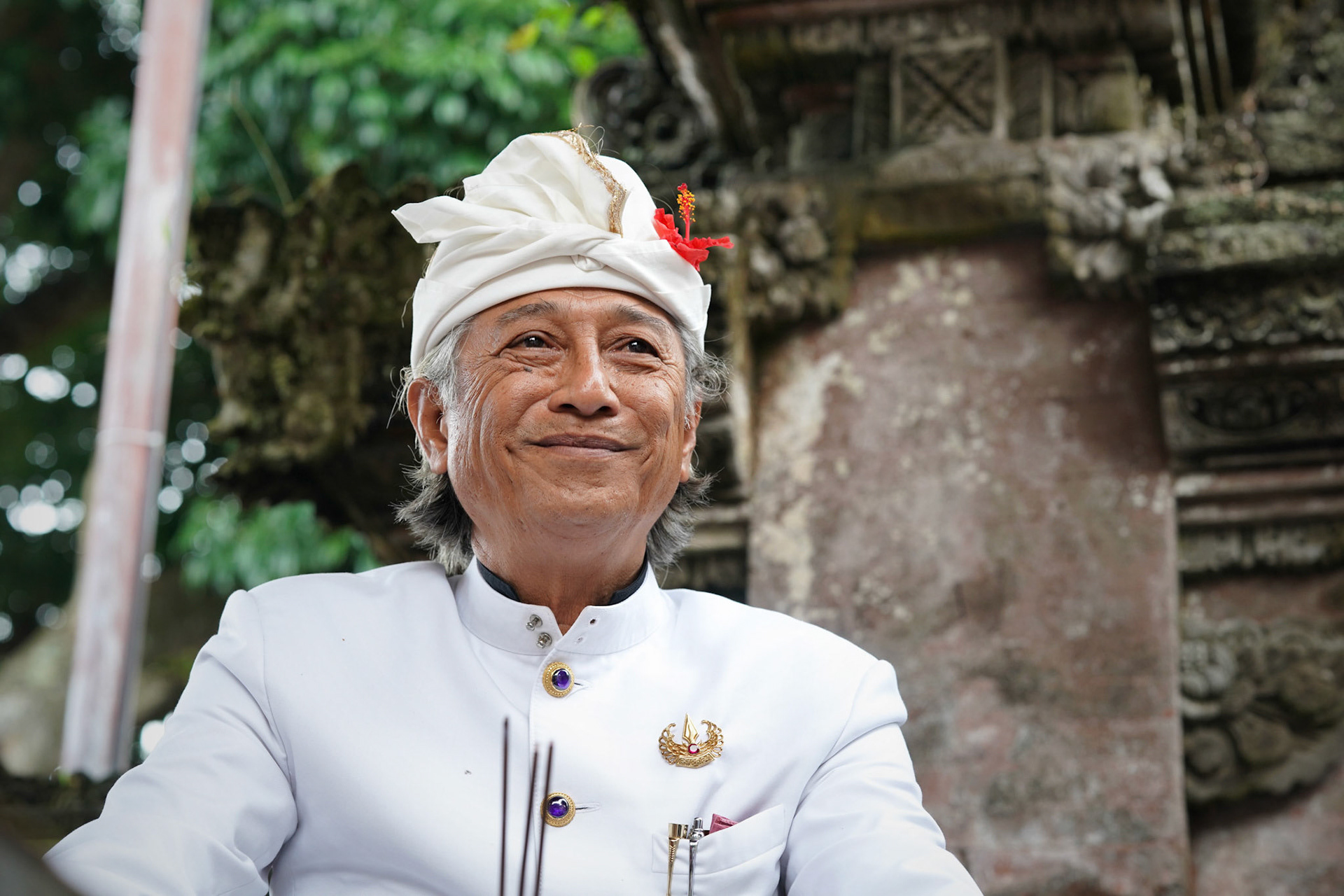Ritual is part of Balinese's daily life. I want to use a neuroanthropology angle to understand how integrating neuroscience into anthropology can help us understand the Balinese's way of living.
The Balinese live by their philosophy of Tri Hita Karana - the three causes of prosperity.
Harmony with God
Harmony among people
Harmony with nature
The three causes are embedded in their daily living and rituals.
Rituals serve as a fascinating example of how the intersection of neurobiology and culture can shape human practices. At a broader level, cultures play a significant role in structuring rituals. Various studies have highlighted the influence of cultural factors on the design and implementation of rituals. These practices are effective because they utilise specific settings and actions that engage with individuals on both a social and neurobiological level. Cultures have recognised that rituals can foster group cohesion. The Balinese routine rituals utilise repetition to achieve their desired effects.
The benefits of rituals lie in their ability to influence human biology through specific processes and interactions. Rituals engage individuals at multiple levels, from their social identity to basic neurobiology. Balinese rituals incorporate interactive elements such as praying, singing, dancing or preparing ritual offerings in groups. This creates a shared experience that binds individuals together and strengthens prosocial bonds within the community.
It seems to me that rituals have long been harnessed by cultures to shape human behaviour and foster a sense of unity. I always use a Socratic approach to try to understand the origin of different sets of settings, practices and behaviours engaged by humans during rituals. Why do they do this? How did everything begin?
I believe that understanding the relationship between neurobiology and culture in the context of rituals can help us comprehend human practices and their effects. By examining how rituals are structured and the mechanisms through which they operate, we can gain insights into the ways in which culture shapes our behaviour and influences our biology.
In the context of Balinese rituals, I am led to believe that rituals are designed to strengthen the bonds within their Tri Hita Karana philosophy:
Harmony with God, people and nature
My interpretation:
Harmony with our highest form of being, our society and our environment
All of which are interlinked with our neurobiology as ONE.
-- -- -- -- -- --
However, I would like to add a fourth cause to Tri Hita Karana - Technology.
Harmony with God
Harmony among people
Harmony with nature
Harmony with technology, the new nature-- -- -- -- -- --
References:
Hobson, N. M., Schroeder, J., Risen, J. L., Xygalatas, D., & Inzlicht, M. (2018). The Psychology of Rituals: An Integrative Review and Process-Based Framework. Personality and Social Psychology Review: An Official Journal of the Society for Personality and Social Psychology, Inc, 22(3), 260–284. https://doi.org/10.1177/1088868317734944
Lende, D. H., Casper, B. I., Hoyt, K. B., & Collura, G. L. (2021b). Elements of Neuroanthropology. Frontiers in Psychology, 12. https://www.frontiersin.org/journals/psychology/articles/10.3389/fpsyg.2021.509611
Otterbring, T., & Mitkidis, P. (2018). Commentary: Folk-Economic Beliefs: An Evolutionary Cognitive Model. Frontiers in Psychology, 9, 1120. https://doi.org/10.3389/fpsyg.2018.01120
Whitehouse, H., & Lanman, J. A. (2014). The Ties That Bind Us. Current Anthropology. https://doi.org/10.1086/678698
